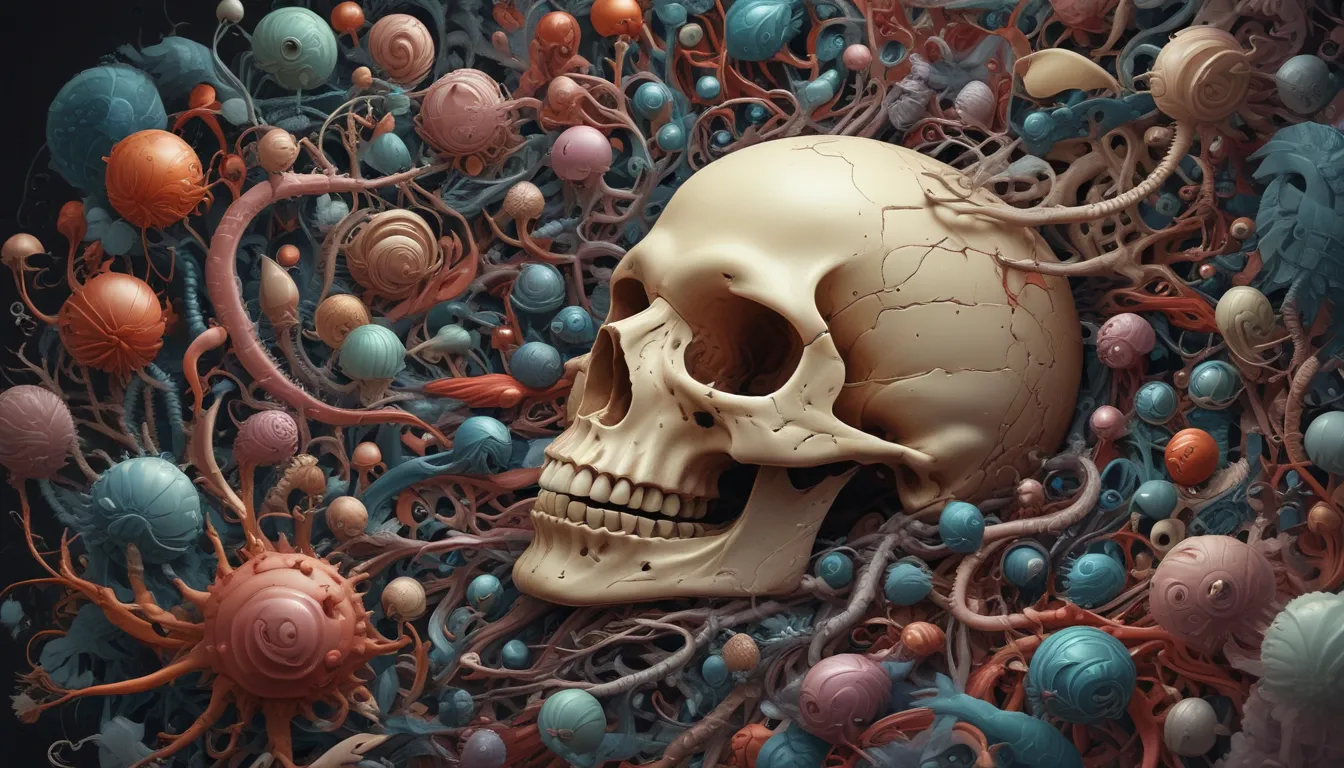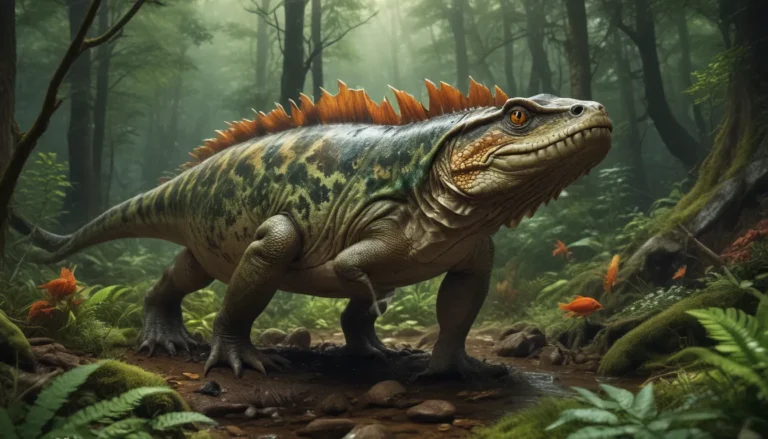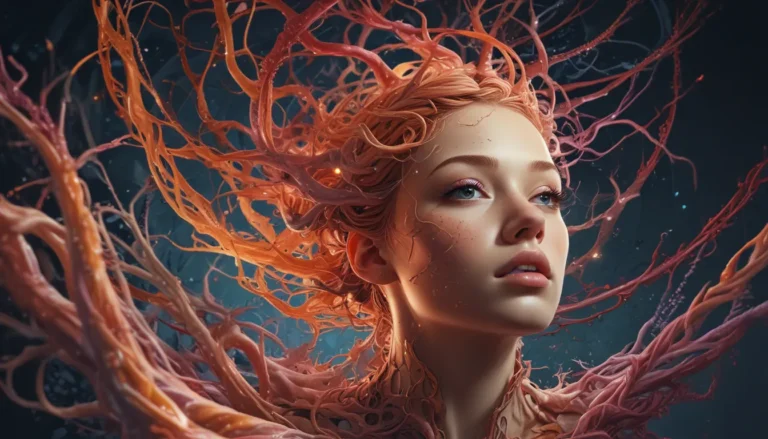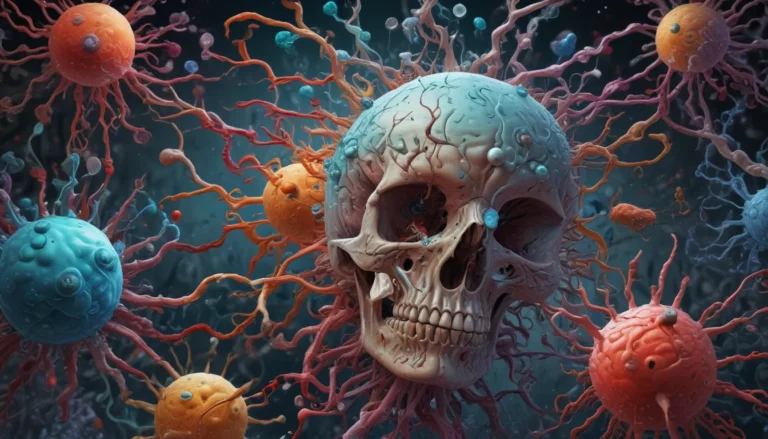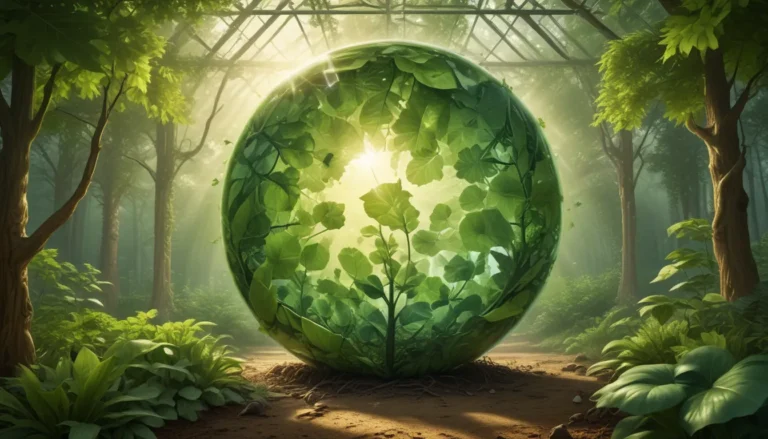A Note About Images: The images used in our articles are for illustration purposes only and may not exactly match the content. They are meant to engage readers, but the text should be relied upon for accurate information.
Reproduction is a fundamental process that drives the perpetuation of life on our planet. It encompasses a wide array of mechanisms and strategies that showcase the incredible diversity and ingenuity of living organisms. From the intricate workings at the cellular level to the unique reproductive behaviors exhibited by different species, the world of reproduction is truly awe-inspiring.
The Intriguing World of Reproduction
Reproduction takes on various forms across different species, ranging from sexual reproduction in humans to asexual reproduction in plants and some animals. The sheer diversity and uniqueness of the methods used to create new life are truly remarkable. For instance, did you know that some animals have the ability to change their gender, or that male seahorses are the ones who carry and give birth to their offspring? Nature’s approach to reproduction is full of surprises and wonders!
Diving Into the Details
Humans and Animals – Different Paths to Reproduction
When it comes to reproduction, humans and animals have distinct approaches. While humans primarily engage in sexual reproduction, where the fusion of an egg and a sperm leads to the creation of a new individual, many animals reproduce asexually, producing offspring without the need for a partner.
The Miracle of Life – The Zygote Formation
Once an egg is fertilized by a sperm, it gives rise to a zygote, a single cell that undergoes multiple divisions to develop into a complete organism. This initial step marks the beginning of the intricate process of life creation.
Crossroads of Nature – Self-Fertilization
Certain organisms have the ability to self-fertilize, a process known as selfing. This phenomenon is observed in plants, hermaphroditic animals, and even some species of fish, highlighting the versatility of reproductive strategies in the natural world.
Gestation Across Species – A Varied Journey
The gestation period, or the time it takes for an embryo to develop inside the mother’s body, varies significantly among species. While humans carry their young for approximately 9 months, elephants endure a gestation period of nearly 22 months, emphasizing the diverse approaches to nurturing offspring.
Parthenogenesis – A Unique Reproductive Strategy
Parthenogenesis, a form of asexual reproduction, enables females to produce offspring without fertilization. This intriguing phenomenon has been documented in reptiles, amphibians, insects, and even some sharks, showcasing nature’s adaptive prowess.
The Twin Enigma – Identical vs. Fraternal
Twins can be classified into two categories: identical (monozygotic) and fraternal (dizygotic). Identical twins arise from a single fertilized egg that splits into two, resulting in genetically identical individuals, whereas fraternal twins originate from separate eggs fertilized by different sperm.
The Seahorse Saga – Male Maternity
In a fascinating twist, male seahorses take on the role of carrying and birthing their offspring. The female seahorse deposits her eggs into a pouch on the male’s abdomen, where they are fertilized and nurtured until hatching, exemplifying the diverse reproductive strategies observed in nature.
Cloning in Nature – Vegetative Propagation
Plants possess the ability to reproduce asexually through vegetative propagation, where new individuals sprout from vegetative parts like stems, roots, or leaves. This mechanism allows plants to replicate themselves efficiently, as seen in strawberries, potatoes, and various ornamental plants.
Gender Fluidity in Animals
Certain animal species exhibit remarkable adaptability, allowing them to change their gender in response to environmental cues. Fish species such as clownfish and wrasses can transition from female to male or vice versa based on the social dynamics within their groups, showcasing nature’s flexibility in reproductive strategies.
Underwater Marvels – External Fertilization
In aquatic environments, external fertilization is a common practice among organisms, where eggs and sperm are released into the water for fertilization to occur externally. Fish, amphibians, and marine invertebrates rely on this method for reproduction in their aquatic habitats.
The Pollination Puzzle – Crucial for Plant Reproduction
Pollination serves as a vital reproductive process in plants, involving the transfer of pollen from male reproductive organs to female reproductive organs. This crucial step, often facilitated by pollinators like bees, butterflies, and birds, ensures the successful reproduction and genetic diversity of plant species.
A Budding Phenomenon – Asexual Reproduction
Budding represents a form of asexual reproduction where a new individual develops from a bud or outgrowth on the parent organism. Organisms like hydra, yeast, and certain jellyfish showcase this unique reproductive method, underscoring nature’s innovative strategies for creating new life.
Unveiling the Marvels of Reproduction
The world of reproduction unveils a tapestry of wonders, from the intricate mechanisms governing life creation to the diverse strategies employed by different species. Exploring the “12 Mind-Blowing Facts About Reproduction” not only broadens our understanding of this fundamental aspect of life but also deepens our appreciation for the complexity and beauty inherent in the reproductive processes of the natural world.
Conclusion: Embracing the Wonders of Life
Reproduction stands as a captivating biological phenomenon that underscores the resilience and creativity of living organisms. Through the lens of reproduction, we gain insights into evolution, genetics, and the interconnectedness of life on Earth. As we unravel the mysteries of reproduction, we embark on a journey of discovery that illuminates the marvels and intricacies of the natural world.
FAQs: Exploring More About Reproduction
-
How does reproduction differ between animals and plants?
Animals typically exhibit distinct sexes (male and female) and engage in sexual reproduction through gamete fusion, while plants possess both male and female reproductive organs and can reproduce sexually through pollination or asexually via methods like budding or vegetative propagation. -
Can animals change their sex?
Yes, certain animals have the ability to undergo sequential hermaphroditism, enabling them to change their gender in response to environmental or social factors. This phenomenon occurs in various species, including fish, mollusks, and reptiles. -
How do organisms in extreme environments reproduce?
Organisms in extreme environments have evolved specialized adaptations to ensure successful reproduction. From dormancy in desert plants to unique physiological mechanisms in cold- or pressure-adapted microorganisms, these adaptations allow species to thrive and reproduce in challenging conditions. -
What role do genetics play in reproduction?
Genetics play a pivotal role in reproduction by determining hereditary traits passed on to offspring. The interplay of genetic material from parents during fertilization gives rise to diverse offspring with unique genetic compositions, contributing to genetic variation and evolution within species. -
How is assisted reproductive technology (ART) influencing reproduction?
Assisted reproductive technology (ART) has revolutionized the field of reproduction by offering solutions to infertility issues through techniques such as in vitro fertilization (IVF) and sperm or egg donation. While ART provides new possibilities for family building, ethical considerations and debates surround its use and accessibility.
Embark on a Journey of Exploration
Intrigued by the marvels of reproduction? Dive into the world of artistic depictions, captivating reproductions that unveil the beauty and complexity of life creation. Unravel enchanting facts about reproductive physiology, shedding light on the intricate processes that underpin reproduction. Delve into the wonders of the human reproductive system, gaining deeper insights into the miraculous ways our bodies bring new life into the world. Continue your quest for knowledge and broaden your understanding of the wonders of reproduction.
Discover, Learn, and Grow
Our mission is to provide engaging and reliable content that enriches your exploration of the world. Each fact shared on our platform is contributed by real users like you, ensuring a wealth of diverse insights and information. Our dedicated editors meticulously review each submission to uphold the highest standards of accuracy and credibility, guaranteeing that the facts you encounter are not only captivating but also trustworthy. Trust in our commitment to quality and authenticity as you embark on a journey of discovery and learning with us.
